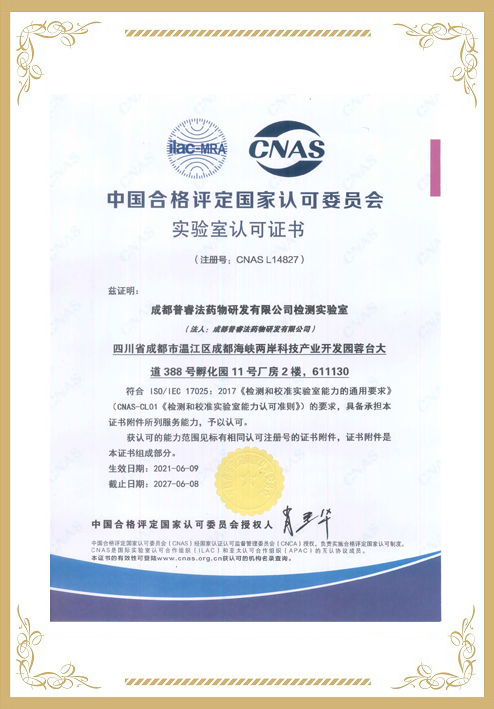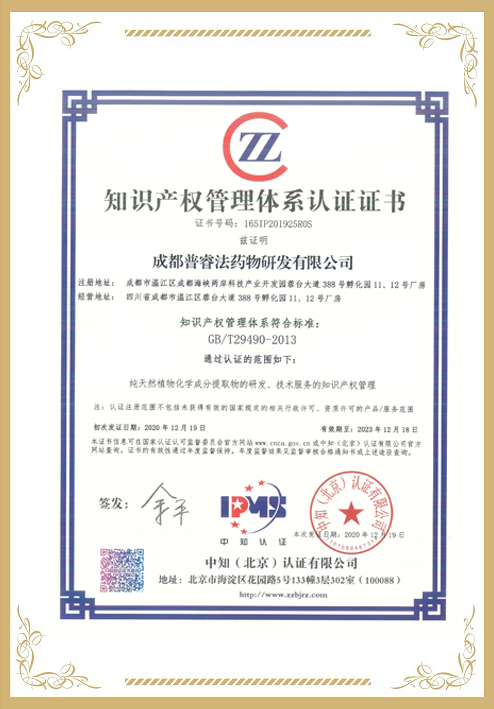Ethnopharmacological relevanceThe use of “Mexican calea” (Calea zacatechichi Schltdl.) in ritualistic ceremonies, due to its dream-inducing effects, was until recently limited to indigenous communities in Mexico. However, the plant has recently gained popularity in Western societies being commonly used in recreational settings. Despite the traditional and recreational uses, mechanisms underlying its reported oneirogenic effects remain unknown, with no data available on its neurotoxic profile.Aim of the studyThe scarcity of toxicological data and the unknown role of major neurotransmitter systems in the dream-inducing properties of the plant prompted us to investigate which neurotransmitters might be affected upon its consumption, as well as the potential cytotoxic effects on neurons and microglial cells. Furthermore, we aimed to explore a relationship between the recorded effects and specific constituents.Materials and methodsEffects on cholinergic and monoaminergic pathways were investigated using enzymatic assays, with the latter also being conducted in neuronal SH-SY5Y cells along with the impact on glutamate-induced excitotoxicity. Investigation of the neurotoxic profile was approached in neuronal SH-SY5Y and microglial BV-2 cells, evaluating effects on metabolic performance and membrane integrity using MTT and LDH leakage assays, respectively. Potential interference with oxidative stress was monitored by assessing free radical’s levels, as well as 5-lipoxygenase mediated lipid peroxidation. Phenolic constituents were identified through HPLC-DAD-ESI(Ion Trap)MSn analysis.ResultsBased on the significant inhibition upon acetylcholinesterase (p < 0.05) and tyrosinase (IC50 = 60.87 ± 7.3 μg/mL; p < 0.05), the aqueous extract obtained from the aerial parts of C. zacatechichi interferes with the cholinergic and dopaminergic systems, but has no impact against monoamine oxidase A. Additionally, a notable cytotoxic effect was observed in SH-SY5Y and BV-2 cells at concentrations as low as 125 and 500 μg/mL (p < 0.05), respectively, LDH leakage suggesting apoptosis may occur at these concentrations, with necroptosis observed at higher ones. Despite the neurocytotoxic profile, these effects appear to be independent of radical stress, as the C. zacatechichi extract scavenged nitric oxide and superoxide radicals at concentrations as low as 62.5 μg/mL, significantly inhibiting also 5-lipoxygenase (IC50 = 72.60 ± 7.3 μg/mL; p < 0.05). Qualitative and quantitative analysis using HPLC-DAD-ESI(Ion Trap)MSn enabled the identification of 28 constituents, with 24 of them being previously unreported in this species. These include a series of dicaffeoylquinic, caffeoylpentoside, and feruloylquinic acids, along with 8 flavonols not previously known to occur in the species, mainly 3-O-monoglycosylated derivatives of quercetin, kaempferol, and isorhamnetin.ConclusionsOur findings regarding the neuroglial toxicity elicited by C. zacatechichi emphasize the necessity for a thorough elucidation of the plant's toxicity profile. Additionally, evidence is provided that the aerial parts of the plant inhibit both acetylcholinesterase and tyrosinase, potentially linking its psychopharmacological effects to the cholinergic and dopaminergic systems, with an apparent contribution from specific phenolic constituents previously unknown to occur in the species. Collectively, our results lay the groundwork for a regulatory framework on the consumption of C. zacatechichi in recreational settings and contribute to elucidating previous contradictory findings regarding the mechanisms underlying the dream-inducing effects of the plant.























